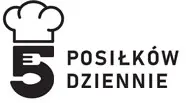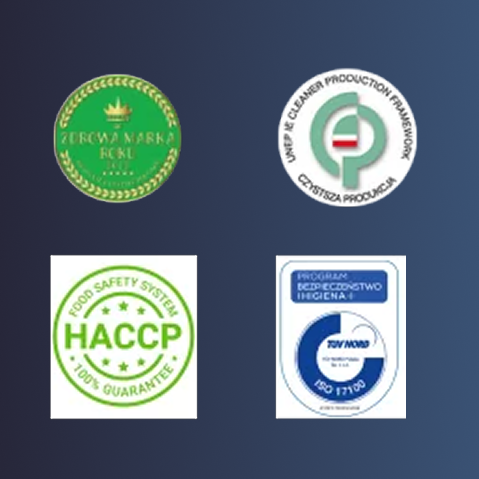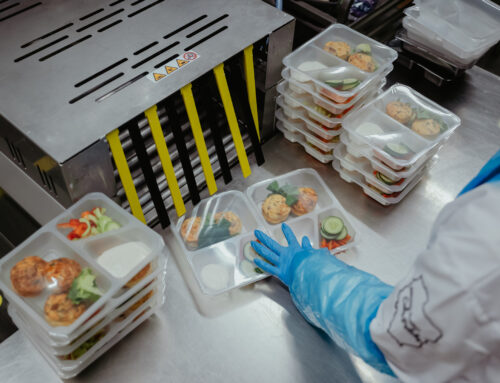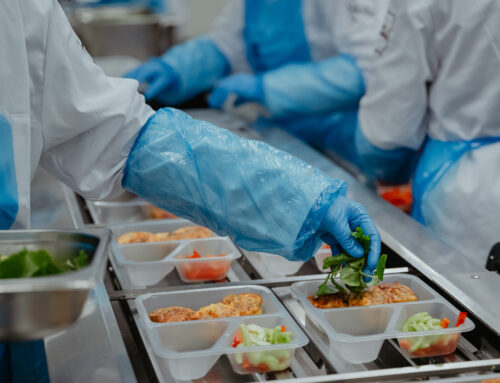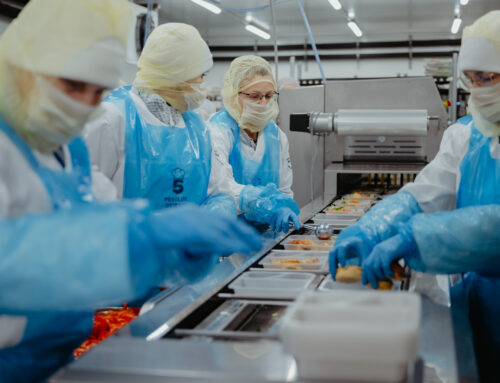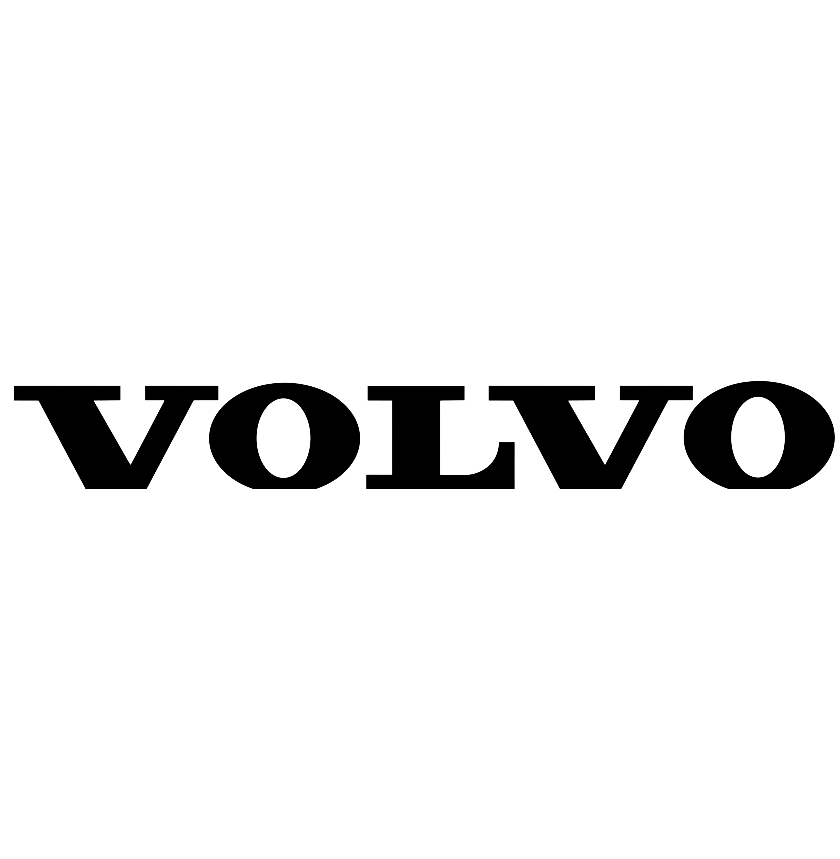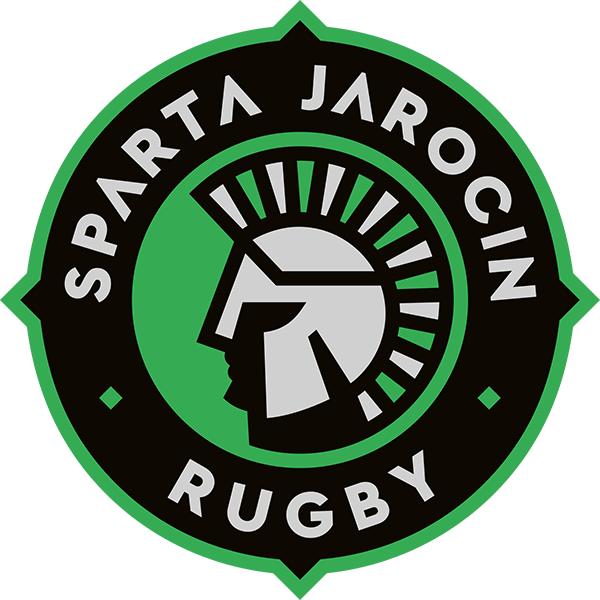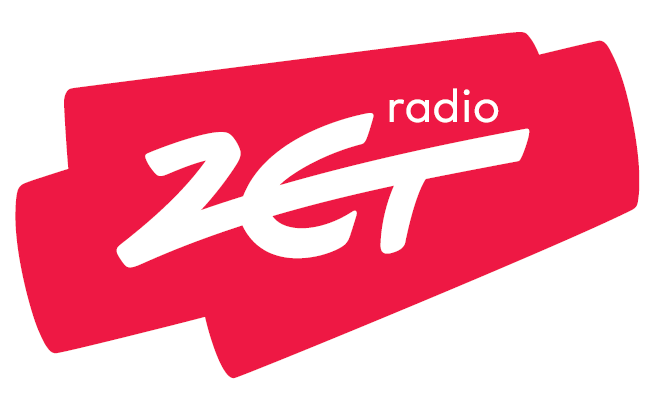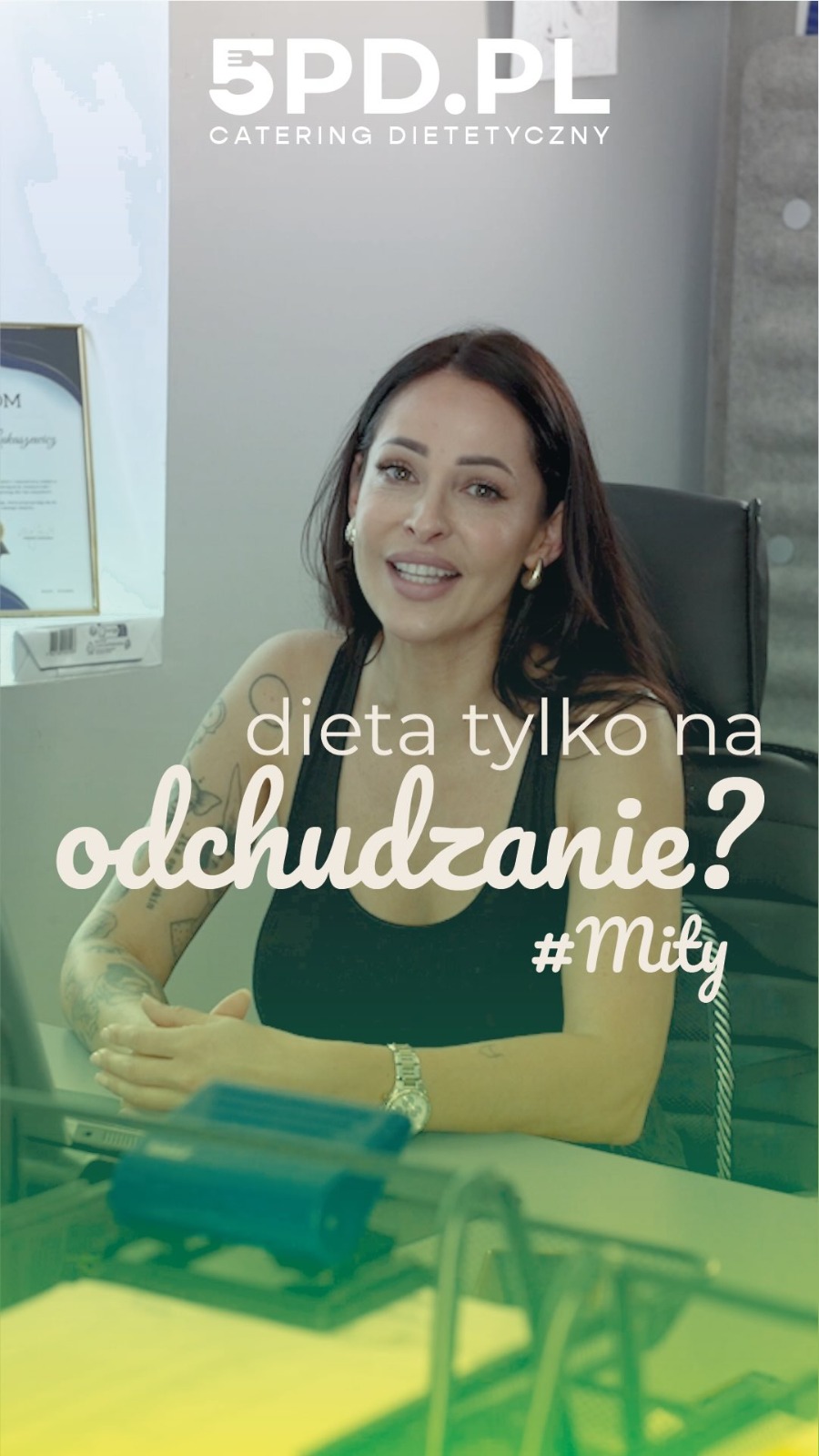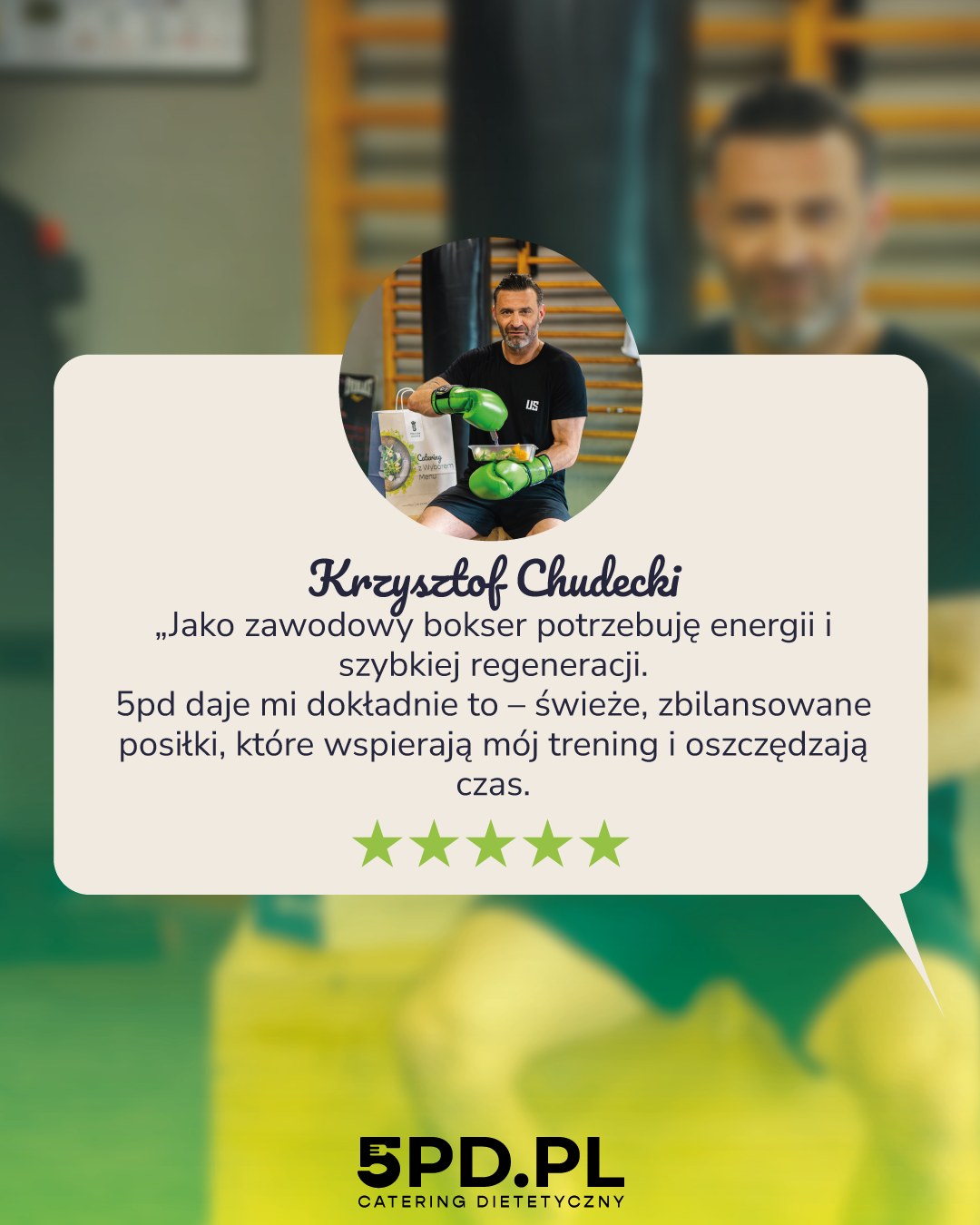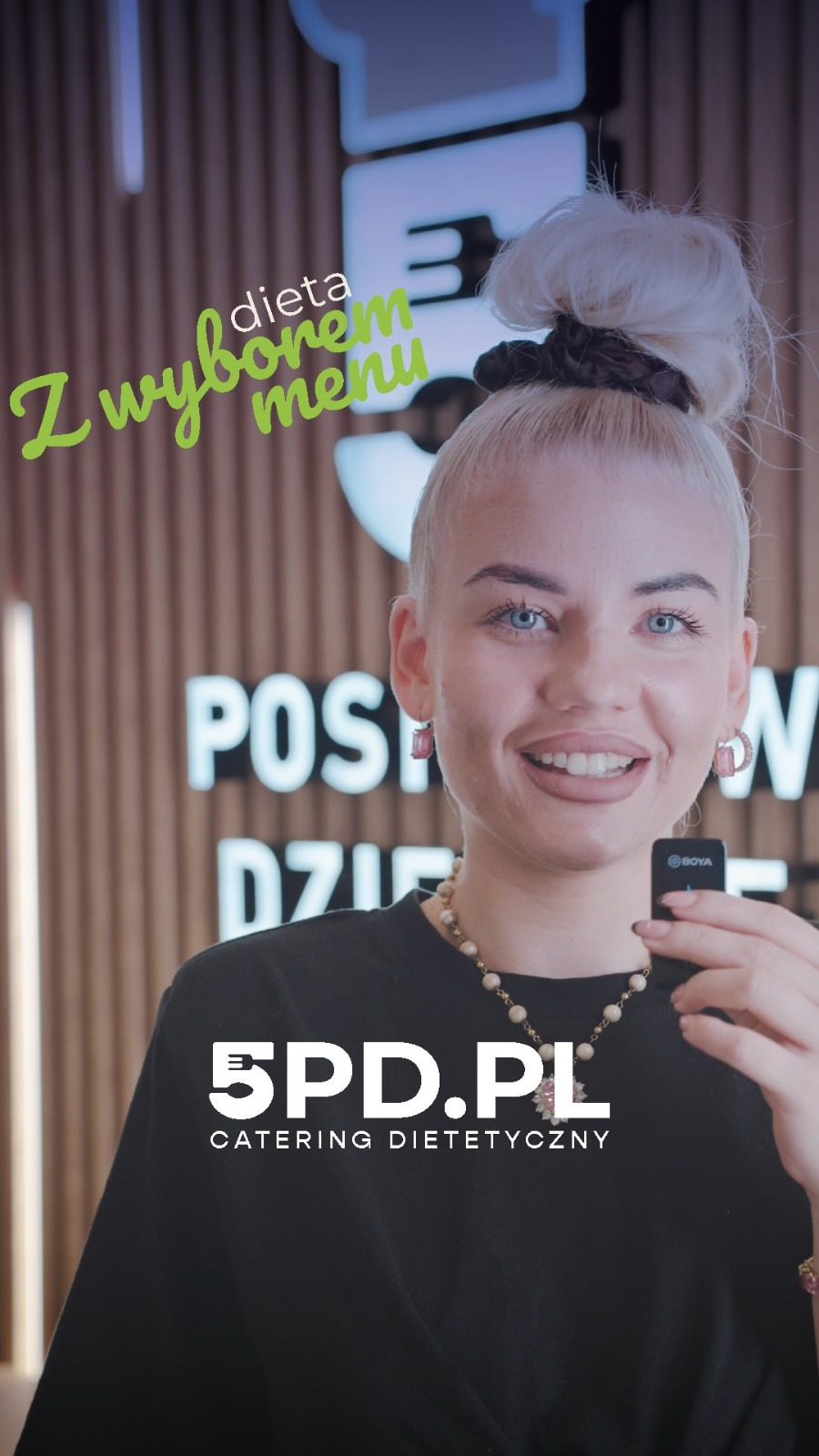Certified quality — how we ensure your meals are safe
When you read the phrase “top quality” on a catering company’s website, what does it really mean? Is it just a marketing spell, or a real commitment backed by concrete actions? In the diet-catering industry, quality isn’t abstract—it’s a set of standards, procedures, and investments that guarantee every day that your meal is safe, fresh, and exactly what you ordered. Let’s look at what stands behind certifications and what real production standards look like in modern diet catering.
Standards and certifications — the foundations of safety
Certificates aren’t decorations for a website. They are documents confirming that a company has undergone rigorous audits and meets specific requirements.
HACCP (Hazard Analysis and Critical Control Points) is an international food safety management system. In practice, it means the company systematically analyzes all potential hazards—from receiving raw materials, through storage and production, to transport. Control procedures are introduced at each critical point. For you as a customer, this is a guarantee that nothing happens by accident—every stage is monitored.
ISO 17100 is a quality management standard for processes. It means the company has documented procedures and reviews and improves them regularly. It ensures that your Monday meal will be just as good as your Friday one.
Healthy Brand of the Year and the Cleaner Production certificate are confirmations from external institutions and industry experts that the company truly cares about standards, not just claims to.
What does this mean for you? That every meal passes through a quality control system, and if any issue arises, the company knows exactly where to look for the cause and how to eliminate it.
From the kitchen to your fridge — a controlled cold chain
The most valuable recipe means little if the food loses freshness during transport. That’s why professional diet catering invests in cooling infrastructure.
Modern cold rooms with temperature monitoring aren’t just regular fridges. They are spaces with precise control over storage conditions, where temperature is measured and logged in an IT system. Any deviation triggers an alarm. Products are sorted by type and expiration date, eliminating the risk of errors.
An in-house fleet of refrigerated vehicles is a key investment. Why in-house? Because it gives full control. Third-party couriers may deliver other parcels, make multiple stops, and open the cargo area. Our own vehicles ensure the temperature remains 2–6°C throughout transport and that meals reach you without unnecessary stops.
Packing procedures go a step further. Hermetic packaging protects against contamination, and every meal is clearly labeled with the production date, use-by date, ingredients, nutrition facts, and allergens. This isn’t optional—it’s required by safety standards.
Freshness tests are regular microbiological examinations of samples. We don’t wait for problems—we prevent them in advance.
Production infrastructure — investments in safety
A modern catering kitchen is almost a laboratory. Packing lines automate processes most vulnerable to human error—portioning, packing, labeling. That means lower risk of mistakes, greater repeatability, better hygiene.
Allergen separation is an absolute priority. In professional production, allergens (nuts, gluten, dairy) are handled in designated zones, with separate equipment and cleaning procedures. For people with allergies, this is a matter of health—sometimes life.
Sanitary procedures are a daily routine: washing, disinfection, monitoring the cleanliness of work surfaces, and regular equipment servicing. Staff undergo training in hygiene and food safety—not a one-off course, but an ongoing part of the job.
Audits—both internal (self-checks for compliance with procedures) and external (by independent certification bodies)—are conducted regularly. A company with something to hide won’t pass such inspections. Certificates must be renewed, and any deviation from standards can cost them.
Who is this especially important for?
For many people, diet catering isn’t a luxury but a health necessity.
People with allergies need certainty that a meal labeled “dairy-free” truly contains no trace amounts of lactose. Production separation and procedures preventing cross-contamination are their safety baseline.
People with diabetes require precisely balanced meals where every gram of carbohydrates is counted. An error in portioning can mean an incorrect insulin dose. Certified procedures ensure that what’s on the label matches what’s in the box.
Parents ordering catering for children want assurance that products are fresh, prepared in clean conditions, and free of harmful additives. Certifications give them peace of mind.
People with autoimmune diseases often need elimination diets—gluten-free, histamine-free, low-FODMAP. For them, precise composition is a foundation of therapy.
Athletes and physically active people require strict control of macronutrients. Every gram of protein or carbohydrates matters for training outcomes. Production standards guarantee repeatability and accuracy.
Quality is systematic work, not marketing
Certified quality in diet catering is the sum of investments, procedures, training, and audits. It’s in-house cold rooms and vehicles, modern production lines, lab tests, and rigorous sanitary routines. Above all, it’s an organizational culture that puts customer safety above everything else.
When you order catering with real certifications, you’re not paying for a logo on a website. You’re paying for an entire system that ensures every meal is exactly as it should be—safe, fresh, and true to the declaration.
Check our certifications and see what production based on standards—not promises—really looks like.
